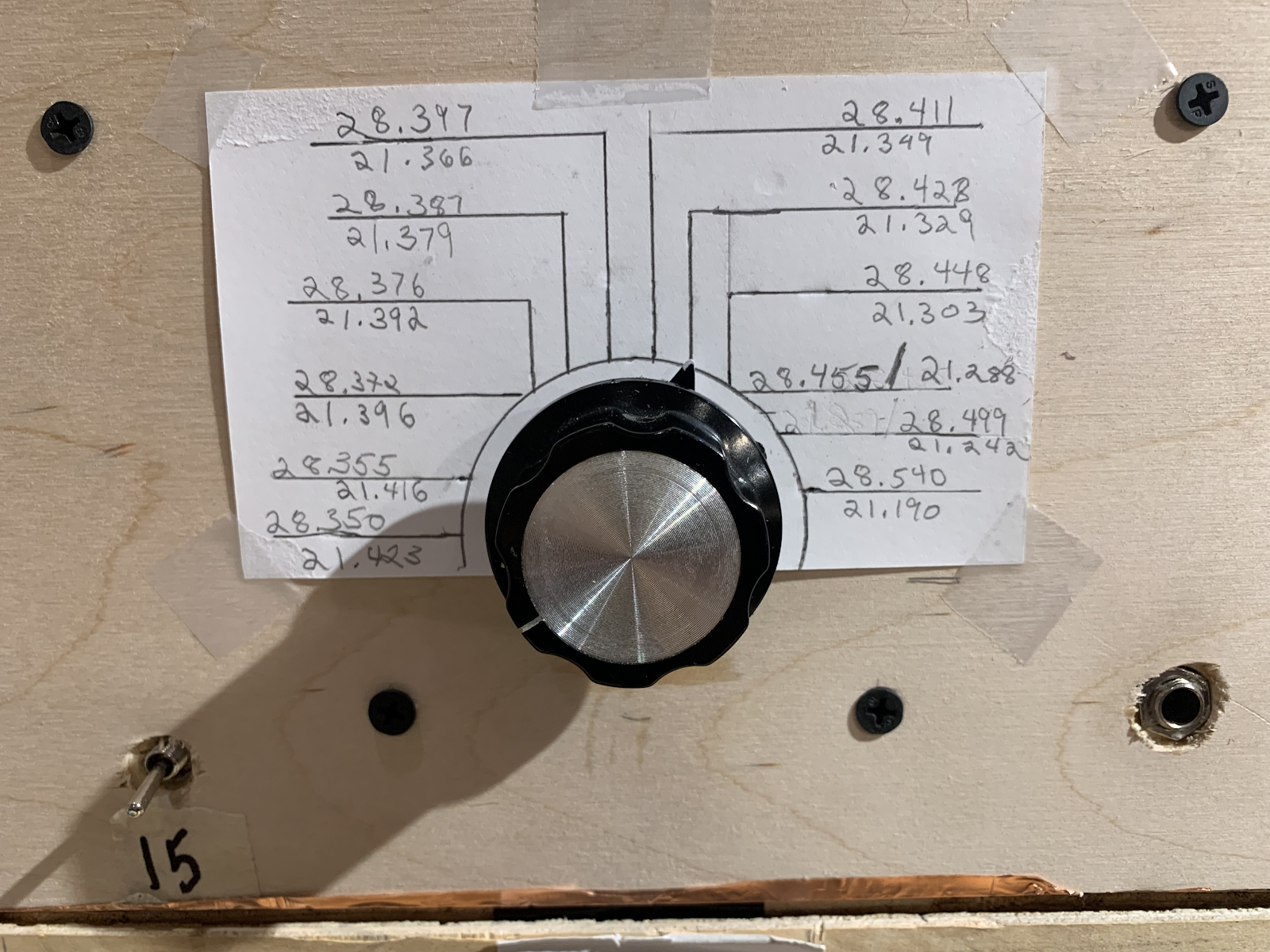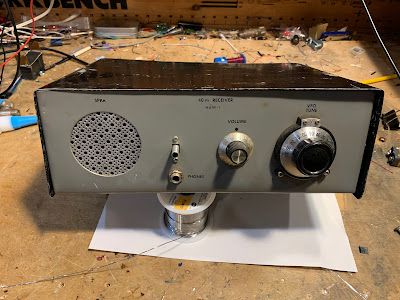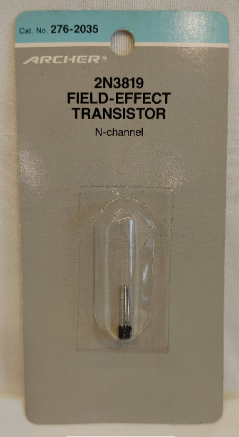-- April 27, 1973. Novice Ticket becomes effective. WN2QHL. Age 14.
-- July 19, 1973. First contact (with Elmer WN2NEC). Age 14.
-- February 1 and 2 1973. A grumpy old-timer calls -- during the Novice Roundup! -- to tell me that I'm putting harmonics onto the 20 meter band. I get scared and go off the air. Geez! I probably just needed to retune the tank circuit. Age 15.
-- February 23, 1974. I go back on the air with a DX-100. Age 15.
-- March 5, 1974. I take the General Class exam at the FCC office in New York City. I pass. Age 15.
-- April 11, 1974. I buy the Drake 2-B from WN2NEC. This revolutionizes my radio life. Fifteen meter contacts become possible. Age 15.
-- April 13, 1974. I work ZL2ACP on 15 meter CW. I wake up my parents to tell them. Age 15.
-- April 21, 1974. END OF NOVICE OPERATION. Apparently we were still working under a one year limitation on Novice operation. Could the expiration date have been marked on the license?
At this point the FCC screwed up and sent me a Technician License instead of a General Class License. My father got on the phone to Gettysburg and straightened this out. Thanks Dad. So I was only a Technician for a few weeks.
-- April 9, 1974. General Class License effective. I become WB2QHL, a man of substance. Age 15.
-- May-June 1974. I acquire a Heathkit HW-32A 20 meter SSB transceiver from the Crystal Radio Club. But I have to build the power supply from an old TV. Somehow, I survive. Age 15.
-- June 11, 1974. First contact with the HW-32A. Age 15.
-- November 9, 1974. Last contact with the HW-32A . Age 16.
-- March 15, 1975. First contact with my Hallicrafters HT-37. Age 16.














.jpg)








































